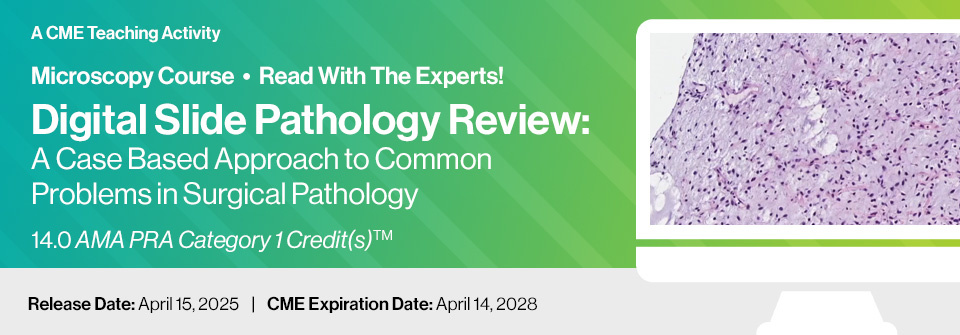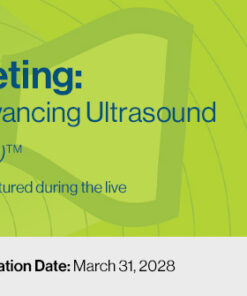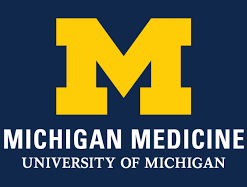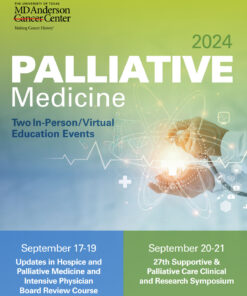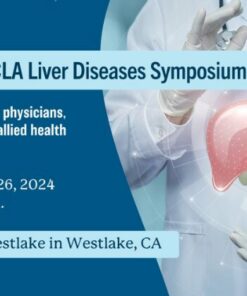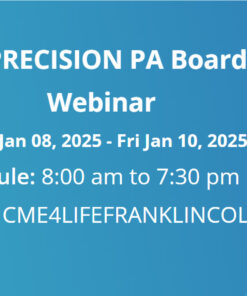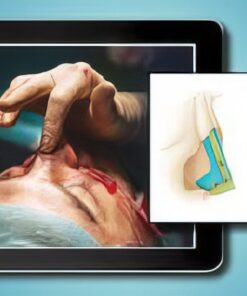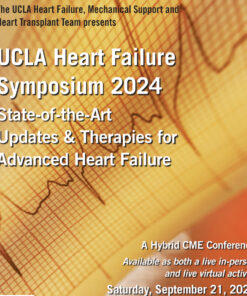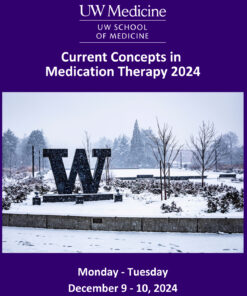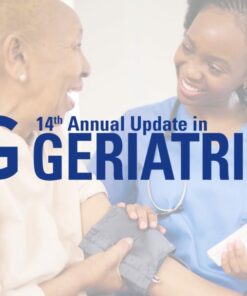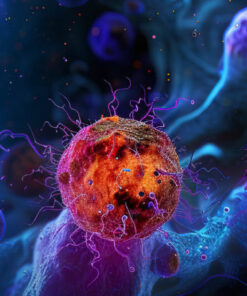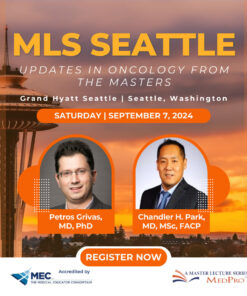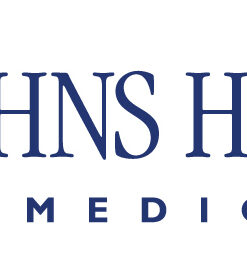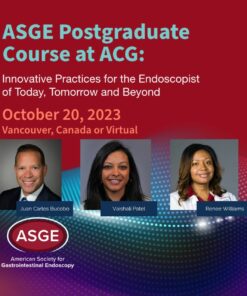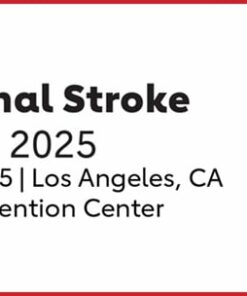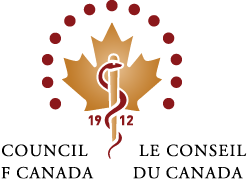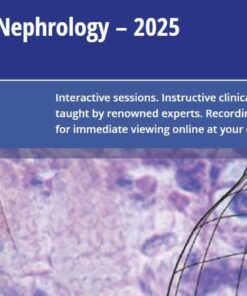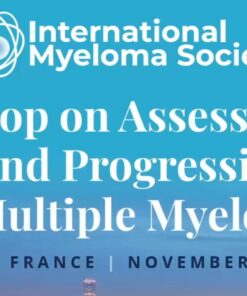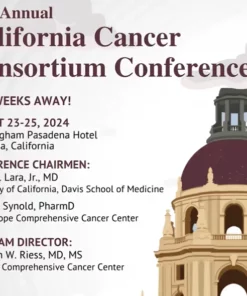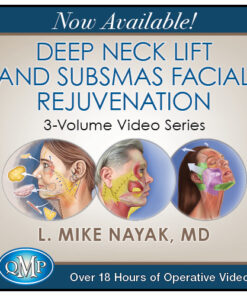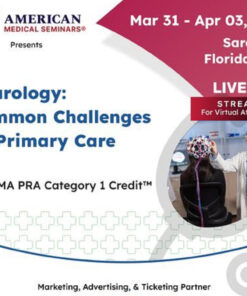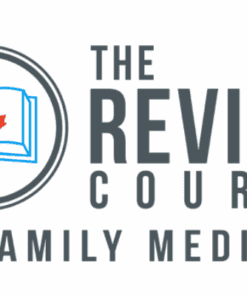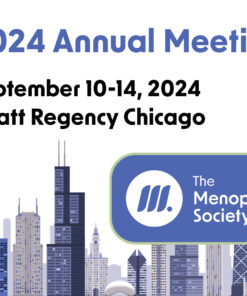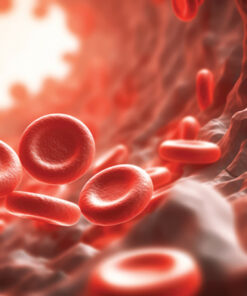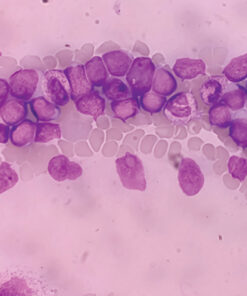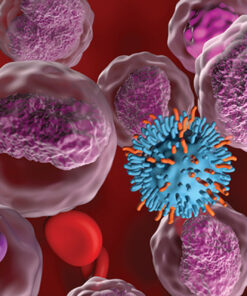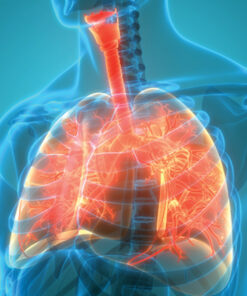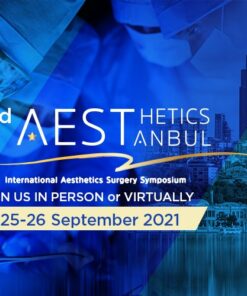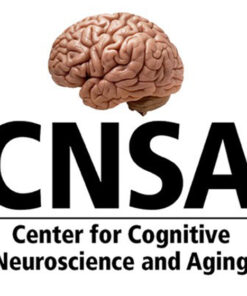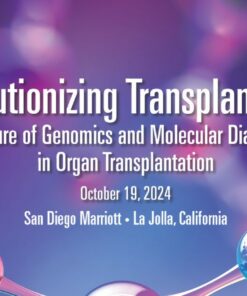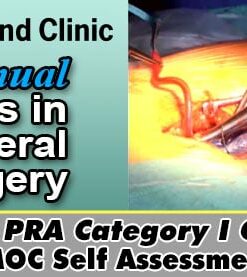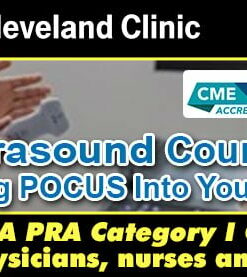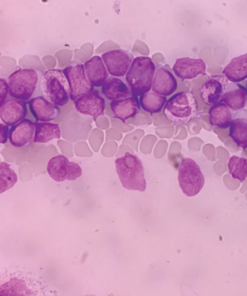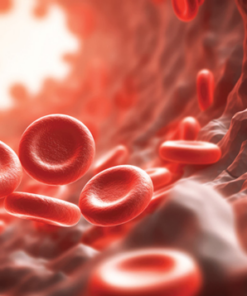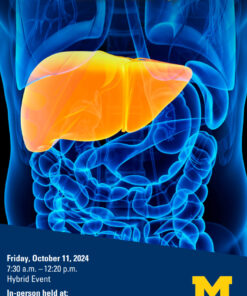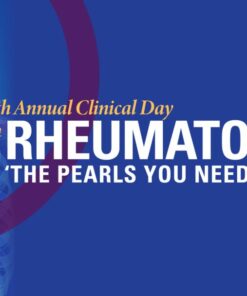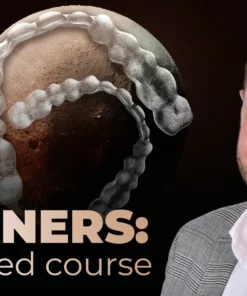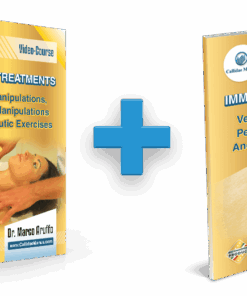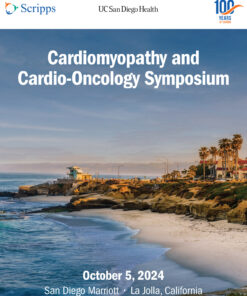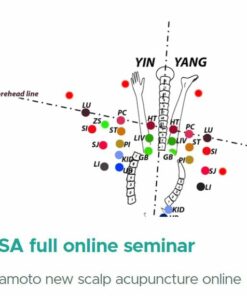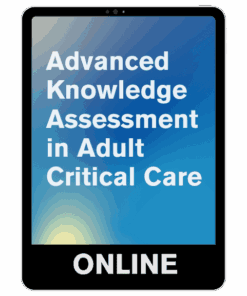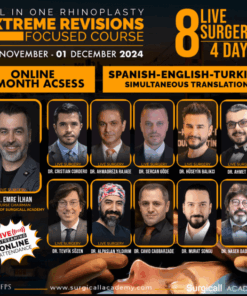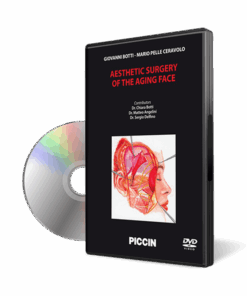-
×
 Como cuidar do idoso com Alzheimer (Portuguese Edition) (EPUB)
1 × 5 $
Como cuidar do idoso com Alzheimer (Portuguese Edition) (EPUB)
1 × 5 $ -
×
 Applied Physiology to Reduce Ventilator Induced Lung Injury: Clinical Applications for the Acutely Injured Lung (PDF)
1 × 5 $
Applied Physiology to Reduce Ventilator Induced Lung Injury: Clinical Applications for the Acutely Injured Lung (PDF)
1 × 5 $ -
×
 Healthy Breaks: Wellness Activities for the Classroom (PDF)
1 × 5 $
Healthy Breaks: Wellness Activities for the Classroom (PDF)
1 × 5 $ -
×
 Industrial Materials (Materials Science Forum, Volume 1074) (PDF)
1 × 5 $
Industrial Materials (Materials Science Forum, Volume 1074) (PDF)
1 × 5 $ -
×
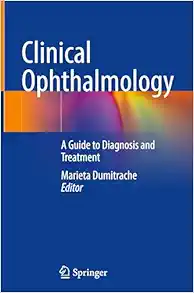 Clinical Ophthalmology: A Guide to Diagnosis and Treatment (PDF)
1 × 5 $
Clinical Ophthalmology: A Guide to Diagnosis and Treatment (PDF)
1 × 5 $ -
×
 Cancer Basics, 3rd Edition (PDF)
1 × 5 $
Cancer Basics, 3rd Edition (PDF)
1 × 5 $ -
×
 Contextos e condutas em atenção primária à saúde – Volume 2 (Acta Medica) (Portuguese Edition) (EPUB)
1 × 5 $
Contextos e condutas em atenção primária à saúde – Volume 2 (Acta Medica) (Portuguese Edition) (EPUB)
1 × 5 $ -
×
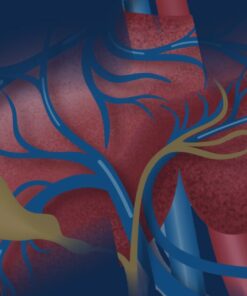 Michigan Medicine 27th Annual Liver Disease Wrap-Up 2024
1 × 30 $
Michigan Medicine 27th Annual Liver Disease Wrap-Up 2024
1 × 30 $
Digital Slide Pathology Review: A Case Based Approach to Common Problems in Surgical Pathology 2025
70 $
Delivery time: Immediately
Format : Video Mp4
Category: Video Medical
About This CME Teaching Activity
Digital Slide Pathology Review is designed to provide a review of key topics in different areas of surgical pathology, including breast, gynecologic, orthopedic, head and neck, and soft tissue pathology. This activity provides an update and an overview of some of the most important diagnostic features which allow the practicing pathologist to make accurate diagnoses, as well as clues as to how to avoid the common diagnostic pitfalls. Also included is a discussion of appropriate ancillary diagnostic techniques which help to serve in rendering a final diagnosis.
Target Audience
This CME activity is primarily designed to educate practicing pathologists.
Educational Objectives
At the completion of this CME teaching activity, you should be able to:
- Discuss the most common patterns seen in soft tissue tumors.
- Recognize the most commonly used immunohistochemical and molecular techniques used in the diagnosis of soft tissue tumors.
- Identify the limitations and potential pitfalls of immunohistochemistry and molecular testing in head and neck pathology.
- Cite the most important changes in the WHO classification of cartilaginous neoplasms.
- Differentiate the most common benign and malignant cartilaginous tumors.
- Utilize information on the uses and limitations of immunohistochemistry in resolving diagnostic problems in breast core needle biopsy specimens.
- Review the updated guidelines for ER, PR, and HER2 testing in breast cancer.
- Recognize the uses and limitations of immunohistochemistry in resolving diagnostic problems in spindle cell lesions of the breast.
- Describe the most common differential diagnoses in genitourinary pathology.
- Provide accurate classification and appropriate use of ancillary studies in endometrial lesions.
- Review the recent updates in the WHO classification of tumors of the gynecologic tract.
- Discuss the most common causes of inflammation and injury to the stomach.
- Identify the diagnostic considerations of eosinophilic tumors of the kidney.
PROGRAM
A Pattern-Based Approach to Soft Tissue Tumors, Part 1
John R. Goldblum, M.D.
John R. Goldblum, M.D.
Biopsies and Biomarkers in Genitourinary Pathology
Michelle S. Hirsch, M.D., Ph.D.
Michelle S. Hirsch, M.D., Ph.D.
Cartilaginous Neoplasms: The Essentials
Darcy Arendt Kerr, M.D.
Endometrial Pathology for the Practicing Pathologist
Marisa Rose Nucci, M.D.Breast Spindle Cell Lesions
Marisa Rose Nucci, M.D.Breast Spindle Cell Lesions
Ashley Cimino-Mathews, M.D.
A Pattern-Based Approach to Soft Tissue Tumors, Part 2
John R. Goldblum, M.D.
John R. Goldblum, M.D.
Breast Papillary Lesions
Ashley Cimino-Mathews, M.D.
Squamous Lesions of the Head and Neck and Their Mimics
Darcy Arendt Kerr, M.D.The Differential Diagnosis of Eosinophilic Renal Epithelial Neoplasms
Darcy Arendt Kerr, M.D.The Differential Diagnosis of Eosinophilic Renal Epithelial Neoplasms
Michelle S. Hirsch, M.D., Ph.D.
Gastric Inflammation and Injury: When What You Say Actually Matters
Rhonda K. Yantiss, M.D.
Rhonda K. Yantiss, M.D.
Updates from the WHO 2020 Classification of Tumors of the GYN Tract for the Practicing Pathologist
Marisa Rose Nucci, M.D.
Dealing with Duodenitis: Sprue and Its Mimics
Rhonda K. Yantiss, M.D.
Rhonda K. Yantiss, M.D.
Related Products
70 $
This product has multiple variants. The options may be chosen on the product page



